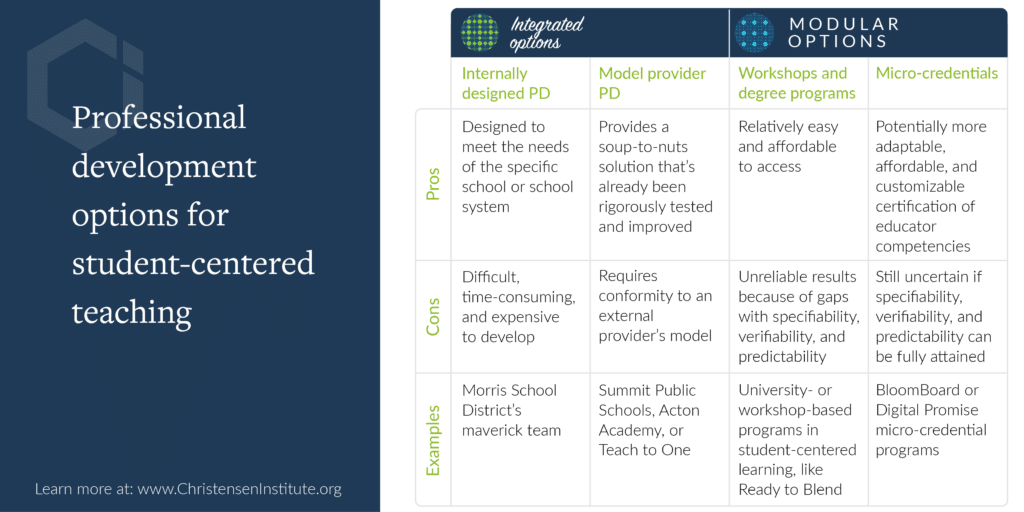Essayist Jessie Glenn recently wrote the early-reader book What’s all the commotion? to help her twin five-year-olds understand social distancing. The word “commotion” in the title is well-chosen. Commotion is defined as a state of noisy confusion, social upheaval, or tumultuous agitation. Commotion is an apt word to describe 2020.
But what if global commotion is not the new normal? What if good leaders can rise up to bridle the commotion and redirect it in positive ways toward forward motion?
Motion is defined as the process of moving, of changing place. The world could benefit from less scattered commotion and more well-guided, purposeful motion.
For no one is this more true than for teachers. Last school year ended with sudden shutdowns and emergency remote instructional schemes. The 2020‒21 school year is beginning with a mix of strategies, ranging from virtual classes with as many as 100 students to controversial in-person reopening plans, to teachers being asked to teach both in-person and remotely simultaneously.
The sanity and success of teachers depend on channeling the commotion of the past seven months into well-aimed, sustainable motion.
From commotion to predictability
To ask leaders to guide their schools toward a predictable future is feasible, even during a pandemic. Clayton M. Christensen and Michael E. Raynor pointed to the solution: “What brings predictability to any field is a body of well-research theory—contingent statements of what causes what and why.” For example, the theory of gravity is useful. It helps us know that if we step off a cliff, we fall (Innovator’s Solution, p. 12).
School leaders can use theory to choose paths forward for this school year that will give them predictable results. In other words, they can trust decisions that are grounded in solid theory.
One of the biggest sources of commotion stems from teachers being asked to do the seemingly impossible, including the overnight development of much-needed skill sets such as online teaching, digital content creation, addressing the needs of remote students, and onboarding students to blended learning.
It’s hard to imagine a time when more teachers need to learn more new skills than at present. How can teachers climb these learning curves? For this question, a theory exists that clarifies the options.
Using theory to choose a professional development strategy
Until now, and out of necessity, many school leaders have relied on a single strategy for equipping their teachers to respond to changing times: improvisation. Do what you can to provide whatever continuity of learning that’s possible.
As the virus drags on, however, it’s time to be strategic. The Theory of Interdependence and Modularity can help. Thomas Arnett, Allison Powell, and I discuss this theory in-depth in our new report: “Developing a student-centered workforce through micro-credentials.”
What is the Theory of Interdependence and Modularity? It comes from the engineering world, which views products as having an architecture, or a set of components and a way that they fit together. Some products have an interdependent architecture and others have a modular architecture.
If a product has an interdependent architecture, the fabrication of one component depends on the way the other parts are made. This interdependency is useful in the early stages of a product when the interfaces between the parts are not well understood. One example is Lockheed Martin’s F-22 fighter jet. To push the frontier of aircraft performance, Lockheed Martin couldn’t just build the F-22 by clicking together standard aircraft parts. It needed to design the aircraft end-to-end, with control over all the interdependent interfaces. The F-22 optimizes for performance, although at a high cost.
In a parallel way, two solutions for supporting teacher professional development (PD) in the months ahead are akin to the F-22 fighter jet method. They have an interdependent architecture that optimizes for performance—but that performance comes at a price.
One solution is internally designed PD. In this model, the school system designs its own PD, sometimes in collaboration with consultants. For example, long before the pandemic, superintendent Mackey Pendergrast of Morris School District had the foresight to create a three-day “Blended Academy” followed by staff training on Canvas, Google Classroom, and i-Ready software.
The value of internally designed PD is that the school system can design for its specific needs. The drawback is that it’s time-consuming and expensive to develop—a major obstacle given the speed with which schools must pivot this year.
Another solution is model provider PD. A model provider, as defined by New Schools Venture Fund, is an organization that partners with schools to provide a bundle of comprehensive, aligned, and well-informed instructional resources. Examples of model providers include Summit Learning, Acton Academy, and New Classrooms. With model providers, an outside organization provides the complete learning model, which schools then adopt as one integrated bundle.
The advantage of model provider PD is that schools inherit a soup-to-nuts solution that’s been rigorously tested and improved. Its drawback is that it requires conformity to an external model—a probable deal killer at a time when schools need maximum prerogative to customize based on local conditions and politics.
The need for a modular PD solution
The flipside to interdependent architecture is modular architecture. When a product is modular, expect easy setup and customizability because the component parts are plug compatible. An example of a modular interface is the light bulb socket on a table lamp. If a light bulb burns out, a variety of interchangeable light bulbs from Wal-Mart or Amazon can take its place.
Specifiability, verifiability, and predictability are the three requirements for modularity. We live in a world of plug-compatible light bulbs because engineers have specified the precise size, shape, and wattage of light bulbs; factories use control systems to verify that each light bulb they produce meets those specifications; and customers can predict with certainty that any number of bulbs will fit with their table lamps.
Likewise, schools need a modular solution for quickly equipping teachers with options for on-the-job training. Imagine if teachers who crave help with specific, vexing problems could stack together their own custom package of the right lessons right when they need them with reliable certainty that the lessons will ease their problems. Teachers deserve access to this level of modularity.
It’s tempting to think that schools can use third-party workshops, online courses, and YouTube videos for this skill-building. But to rely on only quasi-modular solutions is like trying to twist in a light bulb that was not designed with the size of the lamp socket in mind. Teachers do not have time to attend a workshop that does not directly teach them specifically what they need to know. School leaders cannot afford to spend money on PD solutions that do not result in verifiable, predictable learning outcomes for their staff. Schools are being asked to pivot in unprecedented ways. They need a PD vehicle with enough horsepower. The Theory of Interdependence and Modularity suggests that specifiability, verifiability, and predictability are what to look for in the solution.
The potential for micro-credentials
Micro-credentials are one of the most promising solutions based on these parameters. Emerging as a viable PD option five or six years ago, micro-credentials are digital certifications that verify an educator’s accomplishment in a specific skill or set of skills. To earn a micro-credential, an educator must submit evidence—such as a classroom video, student surveys, or a lesson plan—to demonstrate their competence. Micro-credential issuers, such as BloomBoard and Digital Promise, provide examples, modeling, coaching, and learning activities that help educators get to the level of demonstrated competence as efficiently as possible.
For micro-credentials to realize their potential as a modular solution, the buyers and sellers on both sides of the transaction will need to shape them so that they are fully specifiable, verifiable, and predictable. For example, as school systems consider purchasing micro-credentials, they should be specific about the precise stacks of competencies that their teachers need and check that the micro-credentials match. Next, scrutinize the strength of the issuers’ verification systems. Ask to see the rubrics that these issuers use when they evaluate teachers’ evidence. From time to time, step in to verify that teachers who were awarded micro-credentials truly have the purported competencies.
One barrier that remains is that additional micro-credentials will need to be developed to address the skills that teachers urgently need. The K‒12 sector would benefit from specialists and researchers quickly stepping up to author micro-credentials in partnership with issuers so that teachers can find the modules that align with their new responsibilities. (Disclosure: Pursuant to this need, I am writing six BloomBoard micro-credentials focused on foundational blended-learning skills).

Looking ahead
When Tom, Allison, and I embarked on writing the paper “Developing a student-centered workforce through micro-credentials,” we had no idea that many teachers would soon face the steepest learning curve of their careers. The ability of micro-credentials to help teachers up that curve depends on how well they can meet the three conditions that define success for any modular interface—specifiability, verifiability, and predictability. Whether micro-credentials meet those conditions will hinge in large part on how well school leaders specify and verify what they buy and how well issuers ensure predictable results.
Nevertheless, insisting on a modular PD solution is a sound strategy. Existing quasi-modular options, such as workshops and e-courses, yield unreliable results. Existing options with interdependent architecture, such as internally designed PD and model provider PD, are difficult, time-consuming, and expensive to develop on the one hand, or require conformity to an external provider’s model on the other.
K‒12 teachers have faced enough commotion and uncertainty this year. It’s time to be proactive about stacking together reliable PD modules that give them the expertise they need to fulfill what’s being asked of them.



